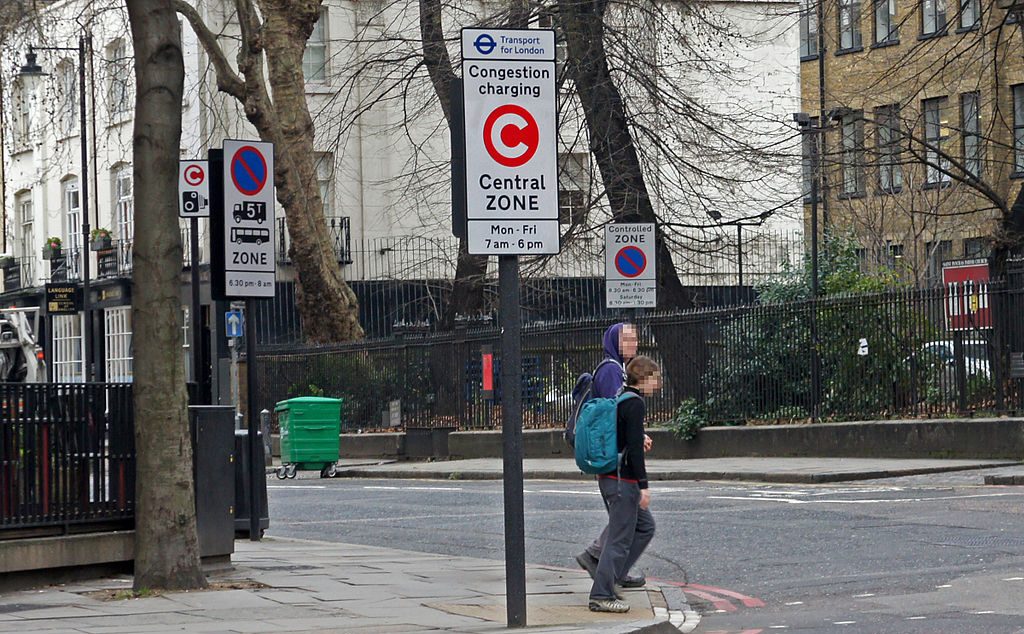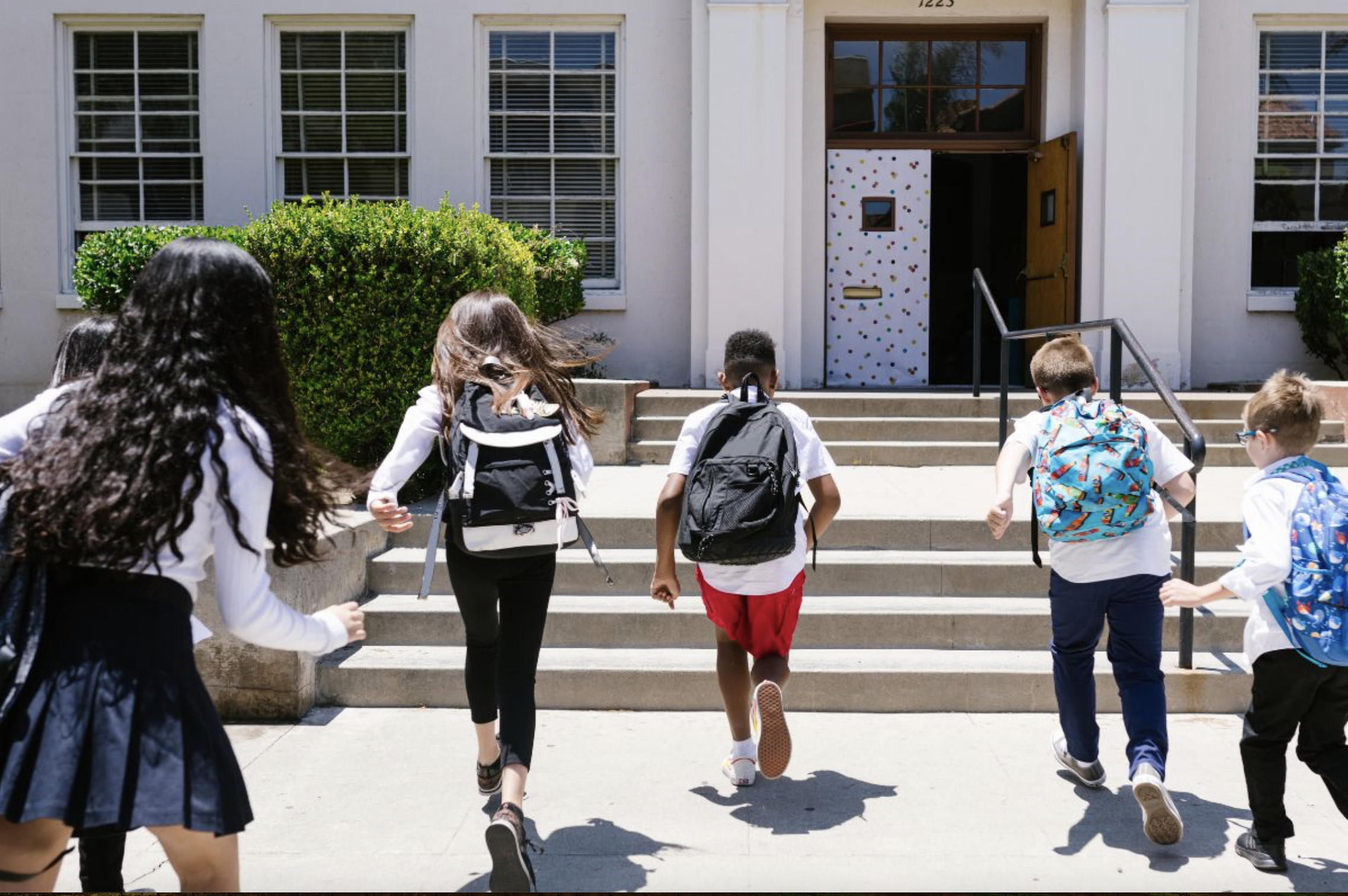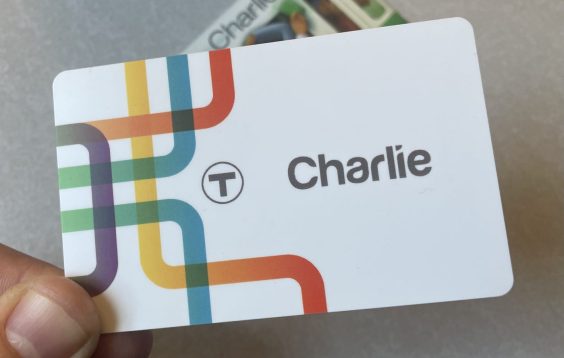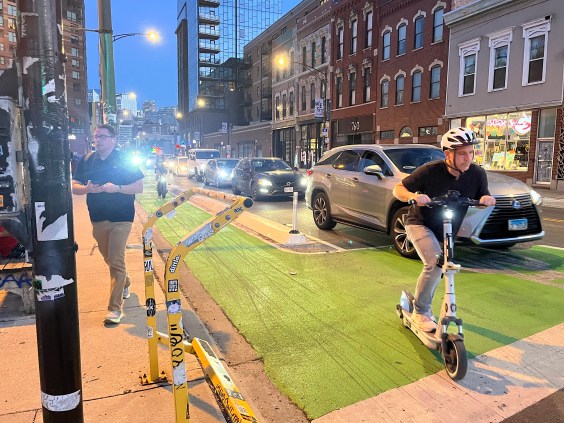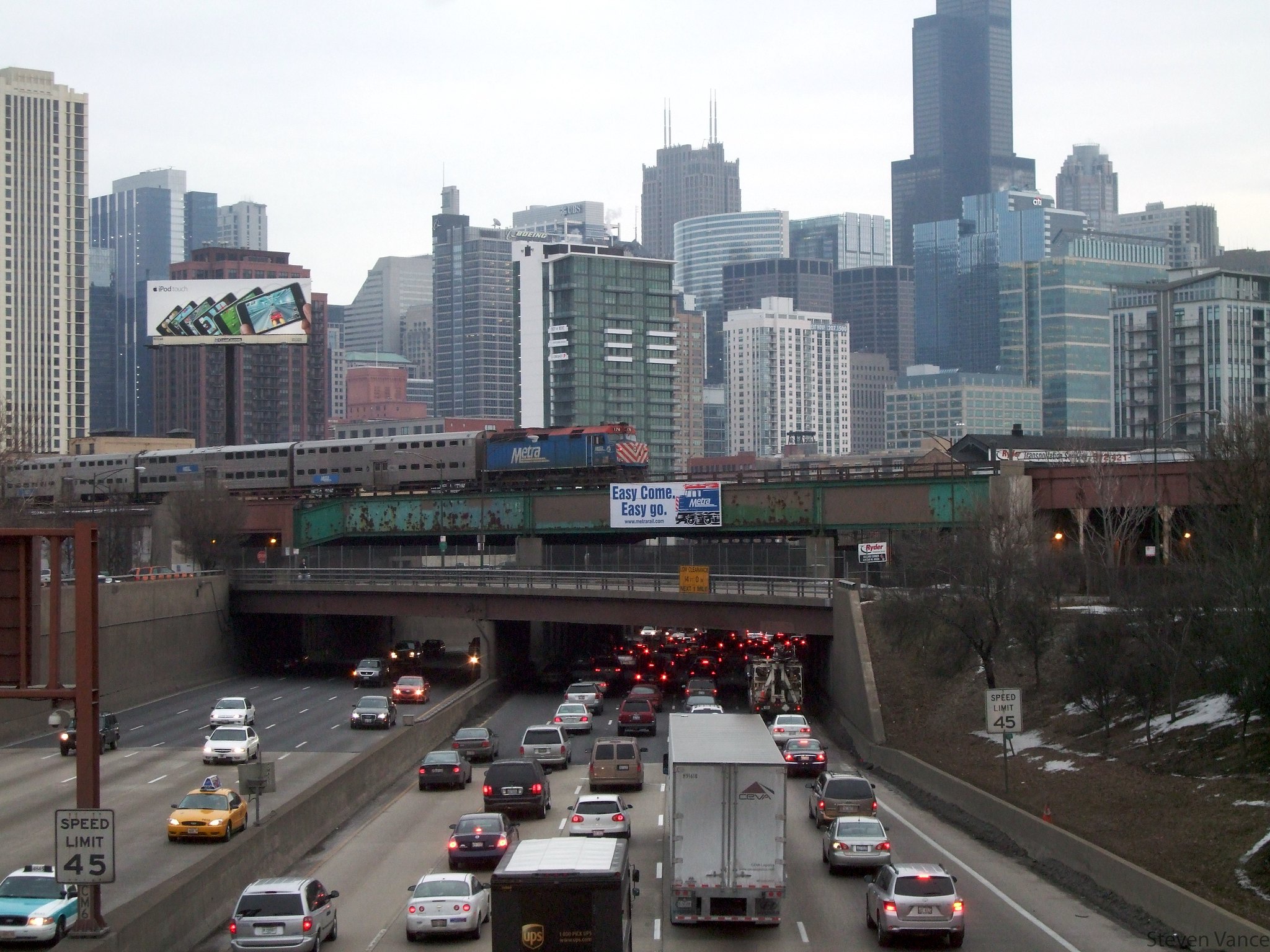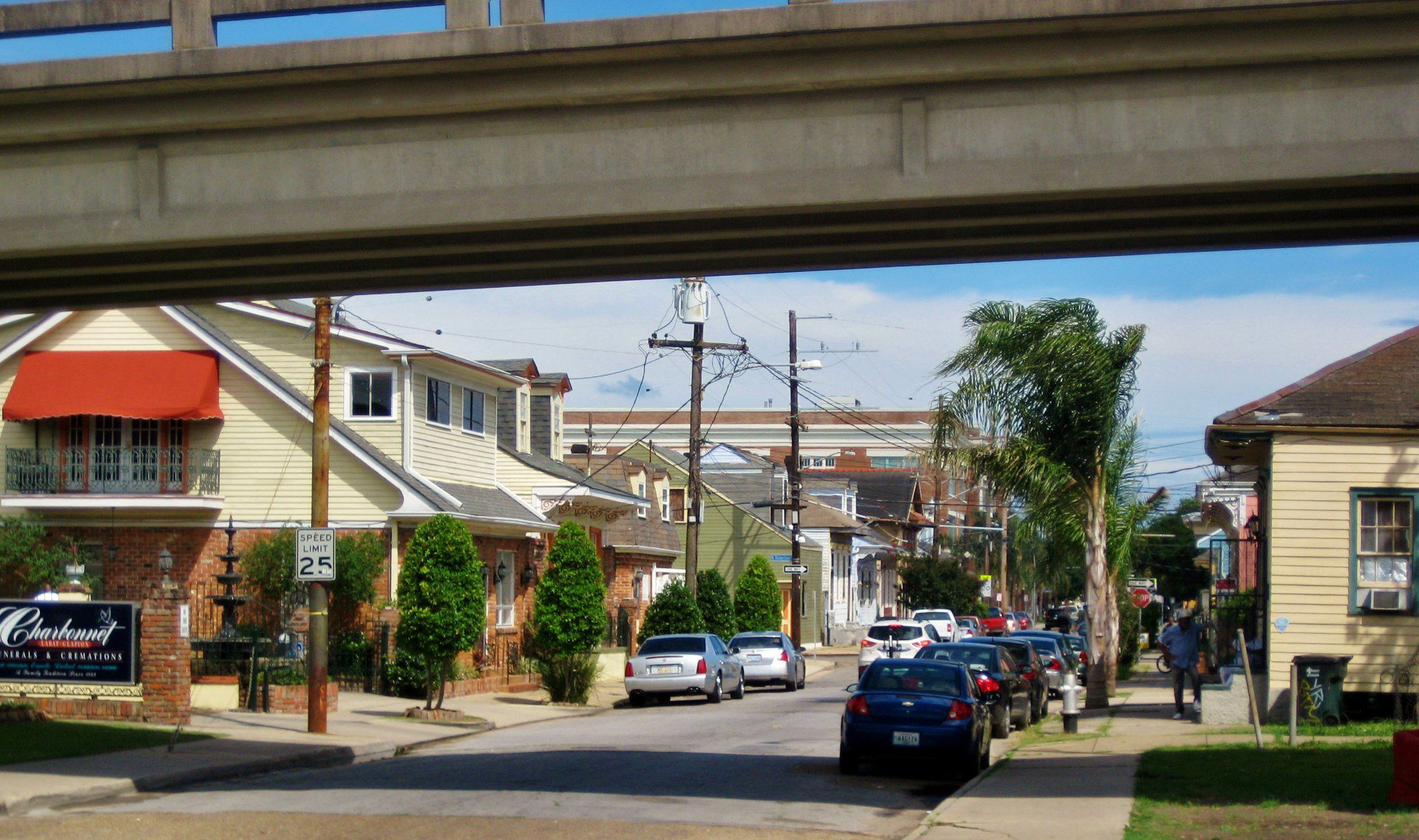Climate-conscious cities around the world are scrambling for ideas to cut how many miles their residents drive. But which strategies work the best — and which ones will residents actually accept?
Today on The Brake, Kea Wilson sits down with researcher and best-selling author Dr. Kimberly Nicholas to talk about a recent study of the most effective ideas European cities have tried to transition away from car dependency — and what it might take to bring them to America. Listen in, and check out her Substack We Can Fix It here.
The following excerpt has been edited for clarity and length.
Kea Wilson: Could you tell me a little bit about what the term "transition management" means, and how we it can help us begin to reconceptualize what we're actually trying to do when we talk about reducing VMT?
Kimberly Nicholas: This is kind of a wonky, mostly academic theory, so I think it needs some help in diffusing to a policy space where it can be applied and more useful. But it's basically a way of approaching transitions, like the climate transition that we need to make from, for example, car dependent cities to cities that are centered around people instead of cars.
And the way that we applied it in this study was first we ... [conducted] a big literature review [and said] okay, here are the 12 things that work. Then, we actually engaged with local experts [in Lund, Sweden] to ask their views on three criteria [by which they] ranked those solutions. And those criteria were that the solutions were new, they were suitable, and they were feasible.
So you'll notice that list of three criteria ... does not include effectiveness. And that was a really important gap that we identified. In other words, there tended to be, unfortunately, a mismatch, where the things that were viewed as most suitable and feasible, and sometimes novel, were actually the things that our study showed were often the least effective.
I think this is a big an important question for how we prioritize our transitions. Should we go for what works absolutely the best on paper and has worked in other cities, in certain circumstances? Do we go for a basket of things that people are willing to do right now?
I mean, I would say probably we need some stretch goals. We can't just do the easy things, especially if they're not particularly effective. But there has to be some political grounding in what is going to be possible. I just think we have to be much more ambitious about what's actually possible than we have been historically.
Kea Wilson: Tell me about the most effective strategies. Were they mostly carrots, mostly sticks, some combination of the two?
Kimberly Nicholas: Well, I wouldn't say that we need sticks instead of carrots. That's not what we found. What we found was that, of the 12 measures, six of them combined carrots and sticks. And those were more effective; the six that only used carrots were clearly less effective. There was nothing that used only a stick.
But I think the key takeaway is, for cities that are dependent on cars — which is many, if not most, cities — they are that way for a reason. There have been a lot of historical investments [into driving]; there's infrastructure, there's political support, there's subsidies, there's culture, there's a lot of factors that are basically in favor of the status quo, which is car dependence. In order to level the playing field, we have to take a step back and realize, okay, they're subsidies to the status quo, and we have to change the balance. It's not going to be enough, in most cases, to only make the alternatives more attractive; we also have to make it more difficult and expensive to drive cars.
Importantly, it's really essential that you link the carrots and sticks in a way that makes sense to people. So the three most effective measures [we found in our study] were congestion charges, parking [pricing], and traffic control strategies, like limited traffic zones. In all cases, the money that was raised by charging people to drive, or the space that was freed up by making car-free streets in parts of cities, was given over to public and active transport. So that I think is really essential: to make this work, people need to see the benefits. Suddenly, instead of, you know, a car-lined street, we have a lively cafe-lined street and kids are able to draw on the sidewalk and run around safely. And I meet my neighbors, because people are actually out on the street instead of in their cars. So it's important to have those benefits be visible and tangible to people.
